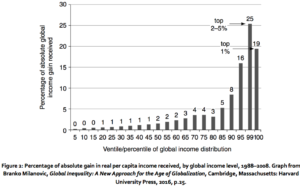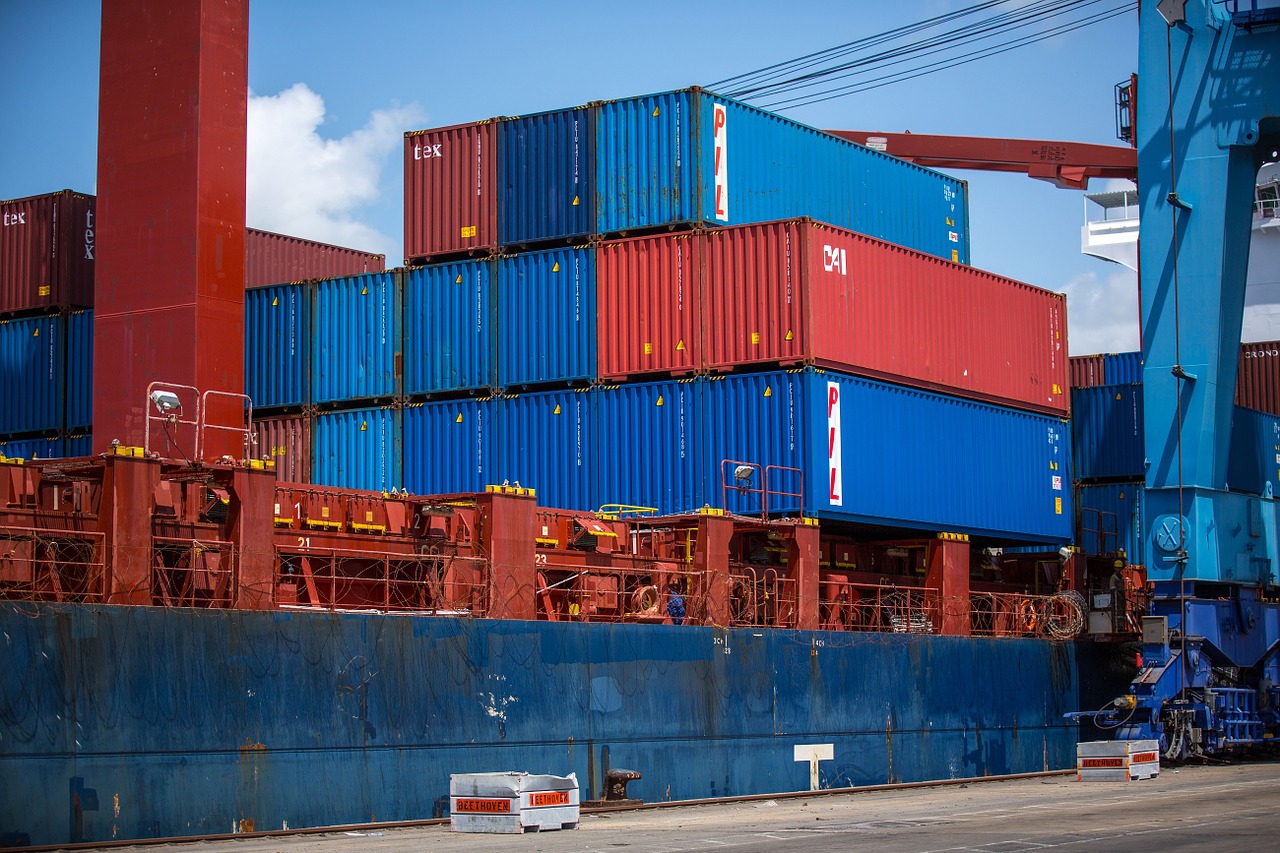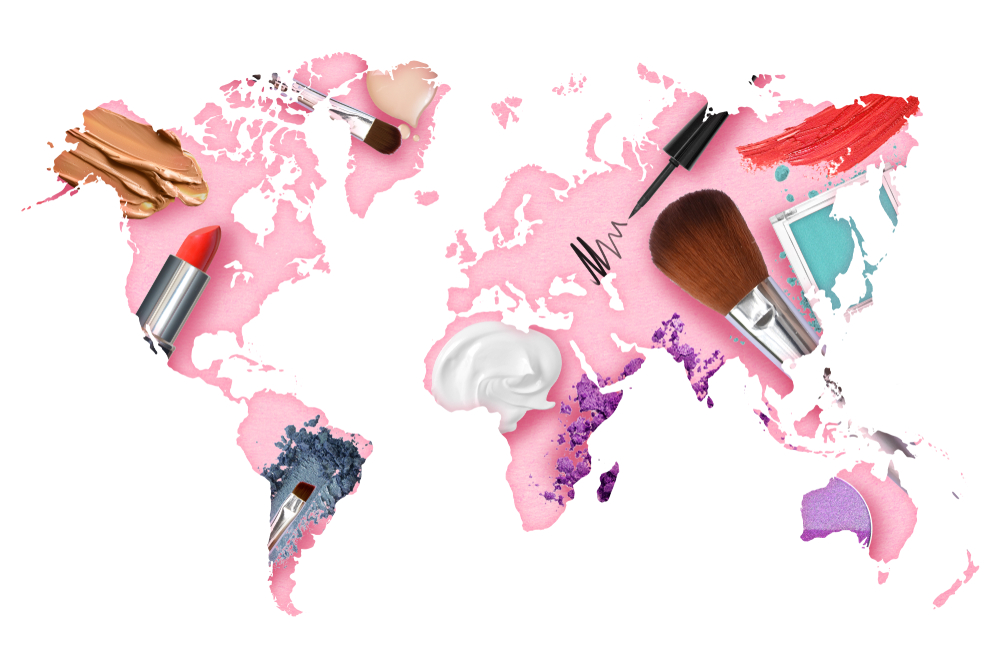At his inauguration, Donald Trump made remarks few would expect from the President of the United States. Standing in front of the Capitol, Trump echoed his “America First” rhetoric, not against any one country or institution, but against an undeniable force in today’s world — globalization.
This was not the first time Trump attacked globalization. Throughout his campaign, China appeared to be Trump’s favorite scapegoat in his statements. The context goes along these lines: “They’re stealing our jobs; they’re beating us in everything; they’re winning, we’re losing.”
Despite some of the more extreme aspects of his rhetoric, Trump might not be completely wrong about the “losing” part.
Branko Milanovic, a Serbian-American economist, presents an intriguing picture of globalization and inequality on the global scale in his 2016 book, Global Inequality. According to his dataset on global real income growth in the ‘high globalization era’ from 1988 to 2008, the gains and progress derived from globalization have not been distributed evenly throughout the world. His findings are actually more nuanced. There are three demographic groups — A, B and C respectively — worth examining further, as presented in the graph below.
Group A comprise a broad swath of people at the middle of the global income distribution. They enjoy the highest real income growth of around 80% in those 20 years. The first thing worth noticing is that, while members of group B are richer than group A, they have accrued a cumulative growth of only between 0 to 7%. Meanwhile, group C, the wealthiest (the global top 1%) demographic, have enjoyed substantial income growth at around 65%. Based solely on wealth growth, groups A and C are ostensibly the winners of globalization.

Suppose that we see the total increase in global income as a pie, close to one-fifth of that pie (around 44%) belongs in the hands of Group C — the top 1%. Broadening the scope a bit further, we see that Group C belongs to a 5% group of the wealthiest people on earth, who enjoyed almost half of the total increase (44%). In stark contrast, people constituting Group A tasted merely 12-13% of the pie. The distribution skew, when translated into absolute gains, illustrates even more astoundingly how greatly unequal the distribution of incomes on the global scale.However, there is another graph.

People in group A come from emerging Asian economies – India, Indonesia, Thailand, Vietnam and predominantly China. Milanovic labels them, “the emerging global middle class”. What is easily forgotten in this picture is that group A is actually still poorer than group B, mostly comprised of people from OECD economies. Similar to Chinese domination of group A, people in group B are predominantly from the United States, Japan, and Germany. Compared to group A, they are not poor but they certainly make up the bottom half of income distribution charts in their respective countries and have experienced negligible income growth. They — whom Milanovic calls, “the lower middle class of the rich world” — are obviously not the winners of globalization. Group C — the global top 1%, is constituted by people who are predominantly from rich economies. Here, the United States dominates, as half of these people are Americans.And just who exactly are these people in Groups A, B, and C?
One thing is certain: economic movements, globalization included, are equivocal in nature. Rarely are we able to determine them as wholly “good” or “bad”, since they affect various countries and people differently. From a sociological perspective, how certain people “feel” about certain developments matters more than the statistics.
This is how Trump is somewhat right. As globalization rolls its wheels, income inequality between countries has been narrowed, but that within countries has been widened. “The lower middle class of the rich world”, a substantial portion of which resides in the United States, see that they have been left out from most benefits promised by trade deals advocates. What they saw during those 20 years was wage stagnation depressing living standards. The poorer end of this group see themselves excluded, facing perennial underemployment and debt. Rich countries’ workers are squeezed between their own countries’ top 1%, reaping even more money from globalization, and emerging countries’ cheaper, more competitive labor. The wrath of the losers of globalization is hardly irrational.
Now, the key political question concerning Trump’s rhetoric is: are the gains of emerging Asian economies’ middle class to blame for the losses of the rich world’s lower middle class? There is no easy answer.
Indeed, five million manufacturing jobs have left the United States since 2000. Free trade has made it easier for manufacturers to shift production to China and other developing countries to take advantage of competitive labor cost, hence the mass creation of jobs in those countries. Such a process simply makes economic sense.
Moreover, what Trump conveniently omits is the consistent decline of US manufacturing jobs since the 1960s. Globalization may have expedited the leaching of US manufacturing jobs, but is not the main culprit. Technological advancement has allowed production to require less and less human labor, and created a myriad of new jobs that require higher-skilled labor. In other words, it is not so much a “loss of jobs” as a transition of the majority of American workers from simple manufacturing jobs to more advanced ones.
Meanwhile, the displacement process is, in fact, happening most substantially in developing countries, where most low-skilled jobs exist and resources, as well as infrastructure, are inadequate to afford such repositioning process. Put differently, not even the “winners” are going to keep their jobs. After all, those who actually won in the process are hardly workers stuffed in sweatshops for scanty pays, but the factory owners in China and other Asian countries themselves. These jobs are simply not coming back, irrespective of whether one puts the blame on China, or globalization as a whole.
Assault on globalization’s supposed failure, along with surges of nationalism, is turning more politicians in the West to protectionism. These politicians realize the message, “globalization has not worked for us,” can pull in new voters from across party lines. Such populist, protectionist and nativist ideologies behind Brexit and the rise of Donald Trump are currently surging in other countries. Marine Le Pen, the front-runner for president of France according to latest polls, embraces antiglobalization and anti-immigration policies. In the Netherlands, Geert Wilders, who runs on an anti-Islamic, anti-immigrant platform and is a “Nexit” boaster, has been leading the majority of polls in recent months. These are not isolated cases, as across other European countries such as Germany, Italy, or Hungary, the potential success of far-right parties is ever more likely.
In the near future, income inequality and political problems will remain closely linked. While the US political system is unlikely to be fundamentally altered by high or even rising inequality, it will perhaps be driven further down the path of a society controlled by the small minority of the wealthiest.
- Are We Seeing the North Korean Nuclear Crisis Coming to an End? - May 23, 2018
- Reading Trump’s Whimsical Stance on TPP - April 23, 2018
- China Scraps Presidential Term Limit: Implications for the World - March 25, 2018






